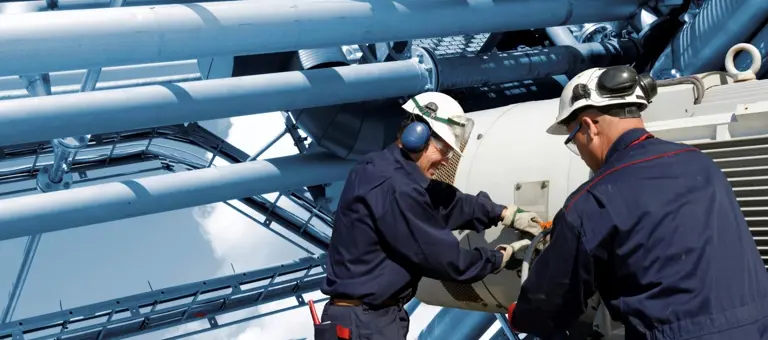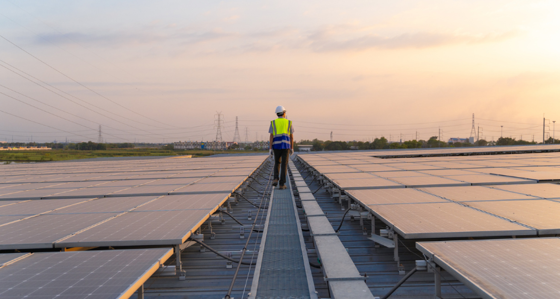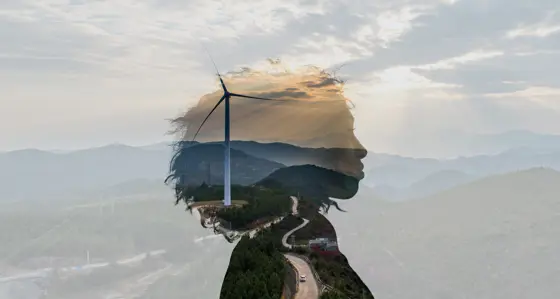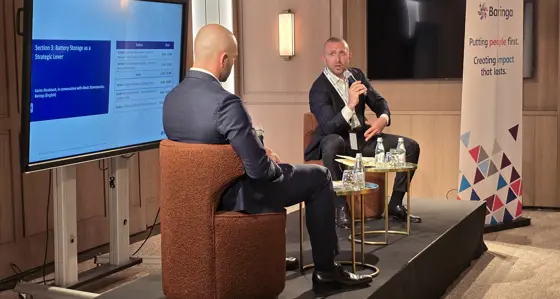
The challenge of European gas supply in 2023
7 December 2022
The past year has been extremely turbulent for the European gas market. For the next 18 months Europe is facing its first two winters without large volumes of Russian gas. How is it set to face that challenge?
In early December, Baringa’s experts shared their views on the outlook for Europe’s gas supply for the coming years, covering the many interconnected variables that will come into play. In the short-term, we should expect high levels of volatility. A knowledge of the different drivers of that volatility, and a careful monitoring of these, will be essential to stay ahead of events.
Below, we summarise some of the key points from the live discussion.
Host:
Mark Turner, Partner, Baringa
Baringa’s natural gas and LNG expert speakers:
Watch the playback:
Supply shortfall: the story of 2022
This was the year Europe’s dependence on Russian gas was fully exposed. In the first quarter, Europe received around 8-10bcm of gas per month from Russia. By the closing months of the year, the level fell to around 2bcm per month, plunging Europe into an energy pricing and security of supply crisis.
However, the impact of this in Europe has been in 2022 somewhat ameliorated by a combination of supply and demand factors.
While indigenous European production has also fallen during the year, there have been counter-balancing supply sources, most notably LNG imports, as well as an uptick in North Sea production.
The ability to fall back on LNG has been supported by external factors, particularly lower demand in Asia, largely driven by China’s strict Covid policies and, consequence, curtailment of industrial activity. With this reduced demand, Europe was able to out-compete other markets for LNG imports.
Meanwhile, on the demand side, fuel switching in power generation and a reduction in industrial demand contributed to balancing the supply shortfall, while a mild autumn and early winter have kept residential consumption down.
In addition to these push-and-pull factors, Europe’s position is strengthened by its entering the 2022/23 winter with a gas storage supply that is close to maximum capacity.
What is the outlook for the months ahead?
The many risks ahead
We can expect Russian gas flows to continue at present levels, which would mean lower overall volumes for the full year 2023 (given the higher outputs at the start of 2022.) We also see a potential further decrease in indigenous production.
The big question is whether Europe can continue to rely on LNG imports or other sources of gas and whether it will be enough to meet demand.
Baringa’s analysis shows that today’s very high storage levels are likely to rapidly deplete over the coming winter, leading to a prolonged tightness in 2023 as storage needs to be replenished ahead of the 23/24 winter. The situation only materially improves from 2025 onwards, thanks to the arrival into the market of significant volumes of additional LNG production capacity.
Dynamics shaping the supply-demand balance in 2023
The European gas supply situation is highly uncertain and lends itself to a scenario-based interpretation, taking the main variables in turn.
- Russian gas supply
Europe is still importing the equivalent of 20 bcm a year from Russia, via Ukraine and Turkey. There remains the possibility of Russian flows being further reduced, which could therefore add up to 20 bcm a year to the supply gap. This would impact most directly those countries in Eastern and South-Eastern Europe that still rely on this supply.
- Levels of storage
Europe did well to reach close-to-capacity storage levels going into this crisis, relieving some of the risk of storage depletion before the end of this winter, particularly given the mild autumn and early winter.
All things being equal, this suggests that risks of extreme measures, such as demand curtailment, remain relatively low at present. But this situation will evolve rapidly, and a few weeks of accelerated withdrawals from storage, even just in a few countries, may change this.
A key metric we will continue to track is precisely that level of European storage, and Europe’s ability to replenish it – and this involves monitoring the different dynamics affecting storage in different countries. The level of these reserves at the end of the winter will also shape the market dynamics going into 2023/2024, as storage sites will have to be filled again to capacity ahead of the following winter to guarantee security of supply.
- Weather
Weather will also be a key variable for the evolution of Europe’s gas supply crisis.
So far this year, demand for gas has been lower every month of 2022 compared with the previous year. But at the time of this webinar in early December, colder weather is forecast across much of Europe. Rapid variations, such as ‘cold snaps’, even in single countries, will be crucial in setting the evolution of the crisis, because the European market is at present so tightly balanced.
- LNG imports
Whether or not Europe can keep up its historically high levels of LNG imports or further increase imports in 2023 remains highly uncertain and will ultimately depend on factors outside of its control – particularly, competition from China and wealthy Asian economies such as Japan and South Korea.
In short, the European picture will be influenced by a complex set of inter-dependent, global factors.
What are the long-term implications for European energy?
The current crisis and the wider acceleration of decarbonisation in Europe means gas is on a downward trajectory in the region. Despite the expected downward trend for demand, the events of the last year have shown that we can expect LNG to continue taking a greater proportion of European gas supply.
This dynamic could significantly increase the volatility of European gas markets. Wholesale reliance on LNG exposes it to the vagaries of the global market. Meanwhile, as gas comes to play a smaller role in decarbonisation, its balancing effect will diminish the flexibility of demand.
While in the long-term we might expect market prices to revert to the average cost of production, in short-term cycles greater volatility is likely to remain a real risk.
The global implications
If the current high spot prices are sustained for several years, we could see those large Asian markets that have recently ‘flexed down’ their LNG use continue to decelerate demand growth, in favour of cheaper coal, and so reversing their course on the energy transition. This will in turn have deep impact on the long-term evolution of the global gas market and on the perception for the need of new LNG supply.
European energy security of supply Tracker
In this environment of surging volatility, uncertainty and risk of supply disruption, Baringa is making available to clients a new Tracker service, providing a continuously updated picture of the changing dynamics and leading indicators affecting Europe’s energy security.
The tracker combines proprietary quantitative metrics with insights from across our international network of experts. It covers metrics such as gas storage levels, risk of depletion by country, pricing dynamics, weather and risk of curtailment.
Related Insights

What might a reformed GB national power market look like under REMA?
Discover how a reformed national market is likely to include significant changes to current market arrangements, with material impacts for market participants.
Read more
Investing in uncertainty: European power market outlook 2025
Our latest outlook points to a more uncertain energy transition, shaped by political and economic volatility across Europe in the form of Trade Wars, Populism and Remilitarisation.
Read more
REMA and investing in GB power market under uncertainty
Learn about the opportunities and challenges of investing in the GB power market under uncertainty and how Baringa can help
Read more
Three ways in which increased volatility and flexibility are reshaping Spain’s energy market
Spain's energy market faces profound change due to curtailment, negative prices, and a recent blackout, discussed at our roundtable event.
Read moreIs digital and AI delivering what your business needs?
Digital and AI can solve your toughest challenges and elevate your business performance. But success isn’t always straightforward. Where can you unlock opportunity? And what does it take to set the foundation for lasting success?